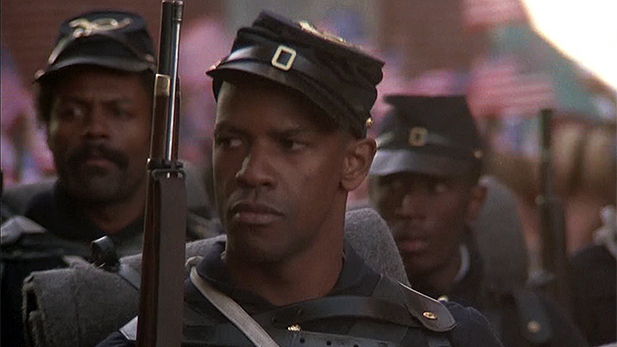
[1 of 12]
On Monday, February 22nd, we launch episode 3 of Dragon's Lair, a program whereby Soldiers present their ideas to a panel of experts for a prize.
The winning idea will be implemented across the Corps.
On Monday, February 22nd, we launch episode 3 of Dragon's Lair, a program whereby Soldiers present their ideas to a panel of experts for a prize.
The winning idea will be implemented across the Corps.

[2 of 12]
The basic concept underpinning Dragon's Lair is this: Soldier-driven innovations, if supported by the command, can revolutionize the Army.
Don't believe that's true? You're wrong. History proves your wrong.
The basic concept underpinning Dragon's Lair is this: Soldier-driven innovations, if supported by the command, can revolutionize the Army.
Don't believe that's true? You're wrong. History proves your wrong.
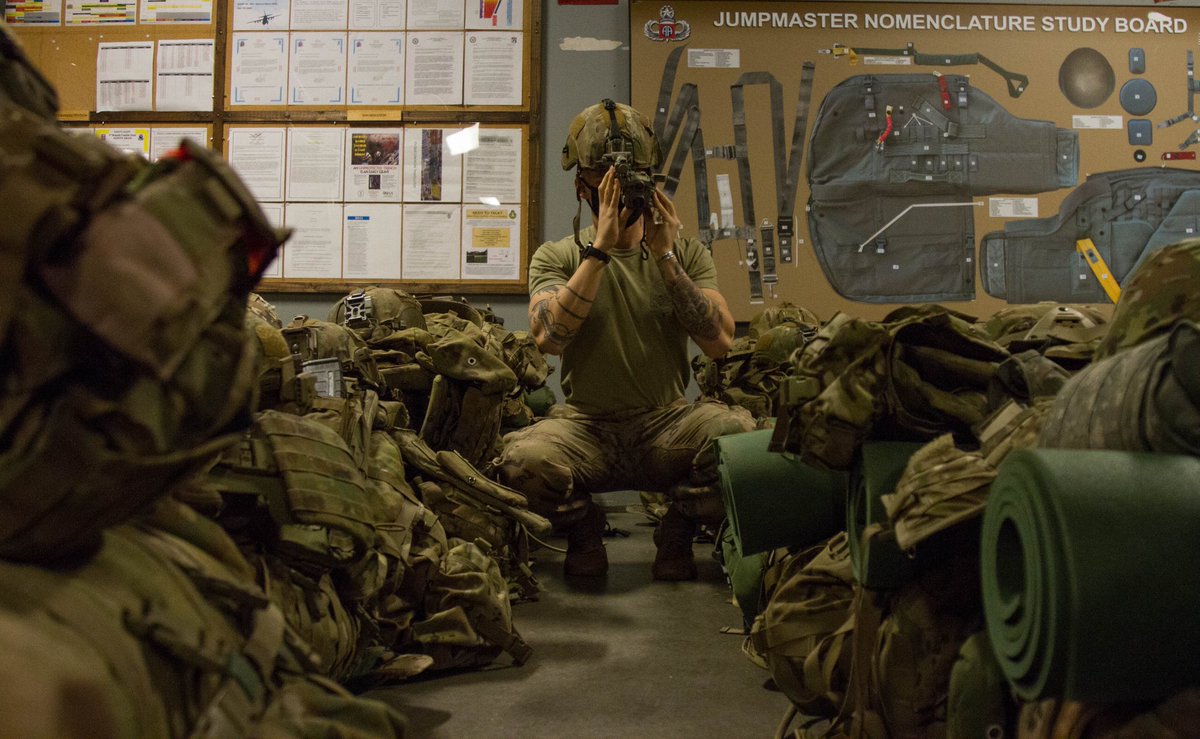
[3 of 12]
While MODERNIZATION historically starts at the top of the Army (makes sense, given the long-term funding it necessitates), INNOVATION often starts with Soldiers.
Out of necessity, Soldiers find ways to solve problems they observe. Those solutions change the Army.
While MODERNIZATION historically starts at the top of the Army (makes sense, given the long-term funding it necessitates), INNOVATION often starts with Soldiers.
Out of necessity, Soldiers find ways to solve problems they observe. Those solutions change the Army.
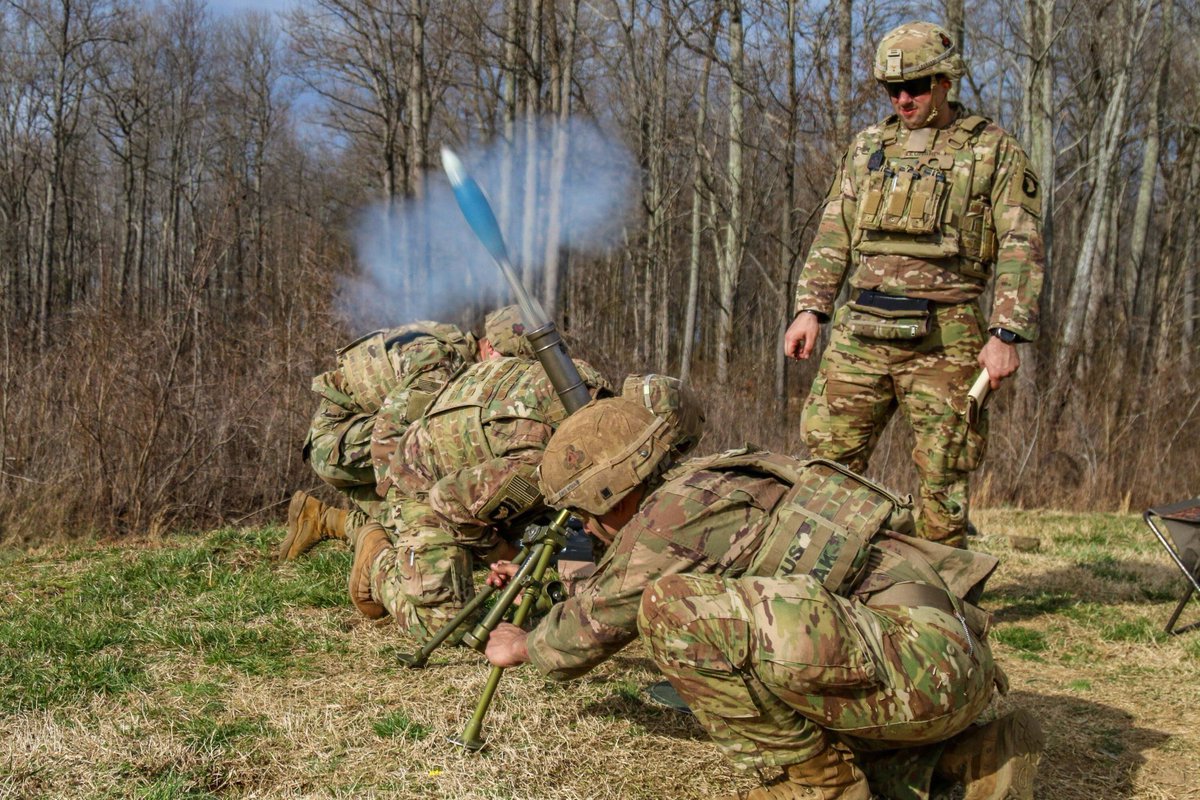
[4 of 12]
Every day until February 22nd, we'll tell a new story from @USArmy history about Soldier-driven innovation that has changed the way the Army operates.
Let's start with a concept that you didn't know was developed by a Soldier: aerial medical evacuation.
Every day until February 22nd, we'll tell a new story from @USArmy history about Soldier-driven innovation that has changed the way the Army operates.
Let's start with a concept that you didn't know was developed by a Soldier: aerial medical evacuation.
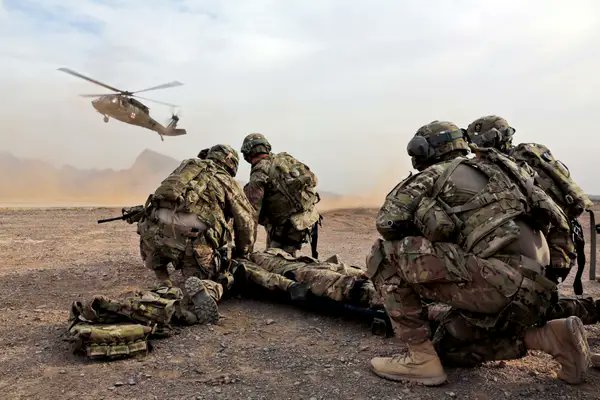
[5 of 12]
At the start of the Korean War (June, 1950), ground transportation was the primary means of getting wounded Soldiers out of the fight and into a field hospital. This was Army policy and doctrine.
At the start of the Korean War (June, 1950), ground transportation was the primary means of getting wounded Soldiers out of the fight and into a field hospital. This was Army policy and doctrine.
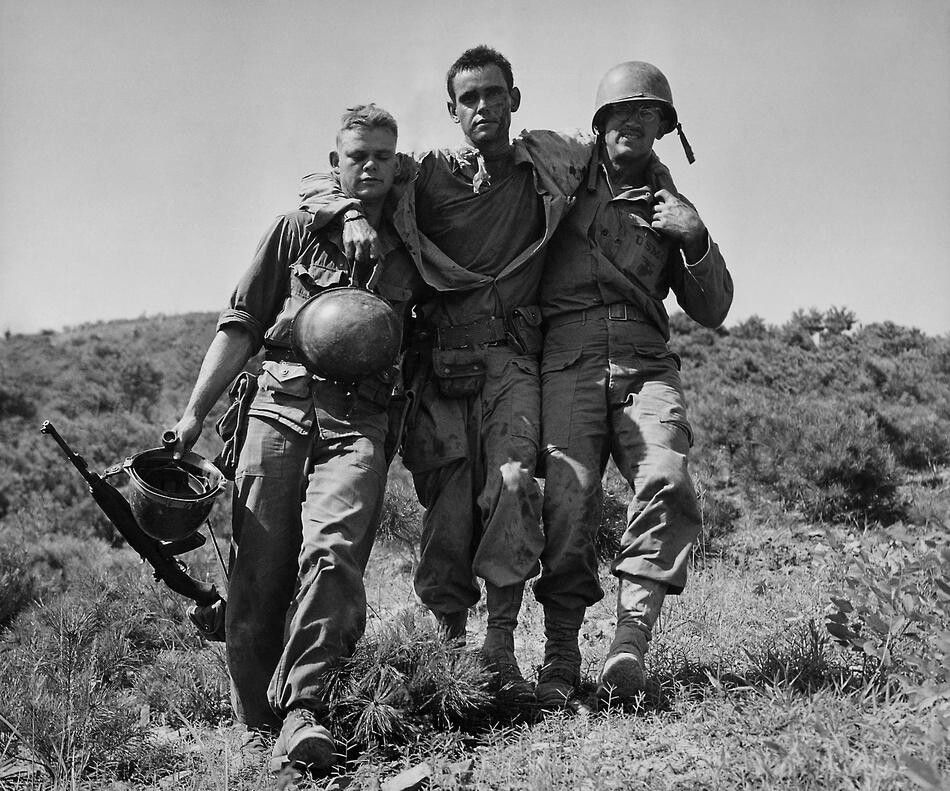
[6 of 12]
The idea being: let's fix the troops as close to combat as possible so they can get back in the fight.
Stretcher bearers, trains, jeeps, field ambulances: that's how the wounded were moved.
The idea being: let's fix the troops as close to combat as possible so they can get back in the fight.
Stretcher bearers, trains, jeeps, field ambulances: that's how the wounded were moved.
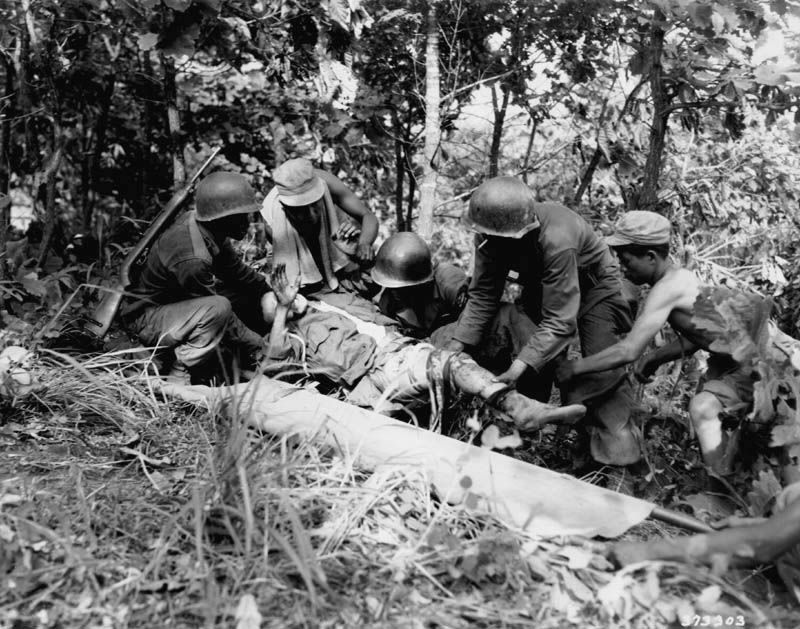
[7 of 12]
Soldiers of the @EighthArmyKorea, fighting the North Koreans, quickly found this to be ineffective. The rugged terrain and primitive state of road networks in Korea didn't really allow for rapid movement to a medical facility.
Soldiers of the @EighthArmyKorea, fighting the North Koreans, quickly found this to be ineffective. The rugged terrain and primitive state of road networks in Korea didn't really allow for rapid movement to a medical facility.
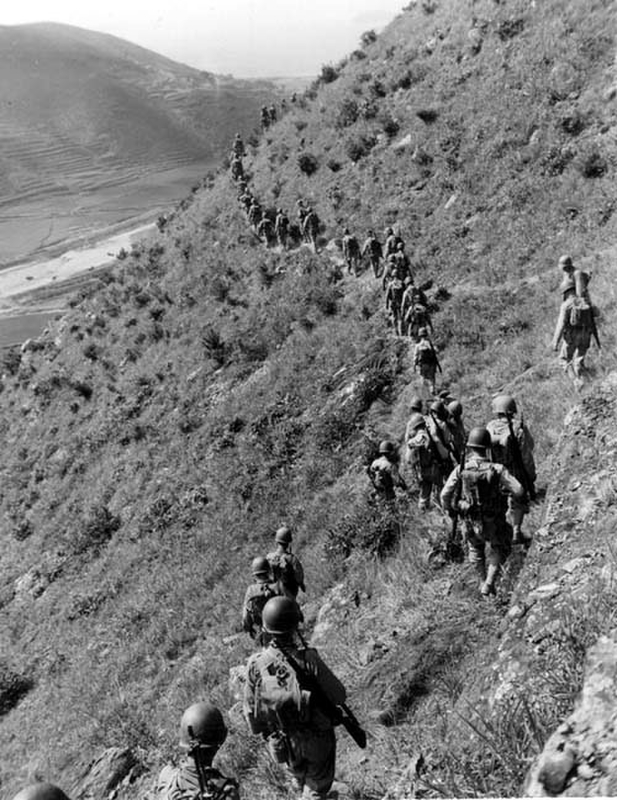
[8 of 12]
It was during this time that Army helicopters appeared in significant numbers for the first time. They were used for logistics resupply and reconnaissance.
It was during this time that Army helicopters appeared in significant numbers for the first time. They were used for logistics resupply and reconnaissance.
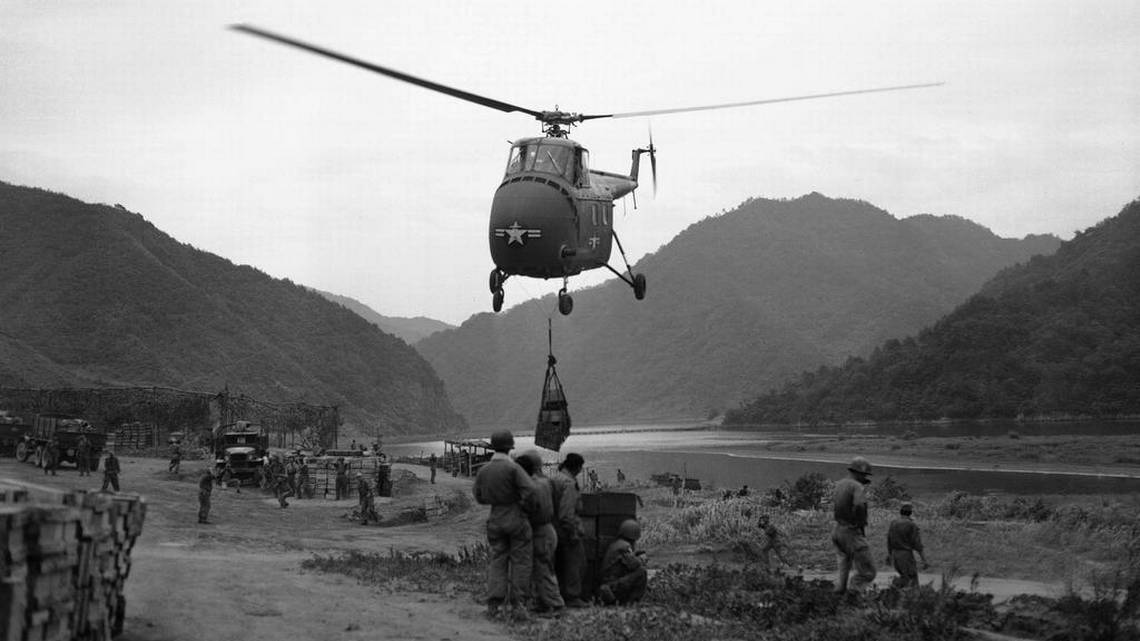
[9 of 12]
Specialist Robert Leffler, an 8th Army Medic, came up with an idea: evacuate with helicopters, make room for stretchers and make medics part of the crew so they could treat the Soldier enroute.
He raised the idea with his leadership, who supported the novel concept.
Specialist Robert Leffler, an 8th Army Medic, came up with an idea: evacuate with helicopters, make room for stretchers and make medics part of the crew so they could treat the Soldier enroute.
He raised the idea with his leadership, who supported the novel concept.

[10 of 12]
Colonel Chauncey Dovell, the 8th Army Surgeon, championed the idea. The first rotary wing medical evacuation took place during the Korean War.
Colonel Chauncey Dovell, the 8th Army Surgeon, championed the idea. The first rotary wing medical evacuation took place during the Korean War.

[11 of 12]
By the end of the war, rotary wing medical evacuation cut the casualty rate for wounded troops almost in half!
Army Surgeon General Raymond Bliss [the older man on the extreme left, with a wounded Soldier in 1951], embraced the idea for the entire Army.
By the end of the war, rotary wing medical evacuation cut the casualty rate for wounded troops almost in half!
Army Surgeon General Raymond Bliss [the older man on the extreme left, with a wounded Soldier in 1951], embraced the idea for the entire Army.
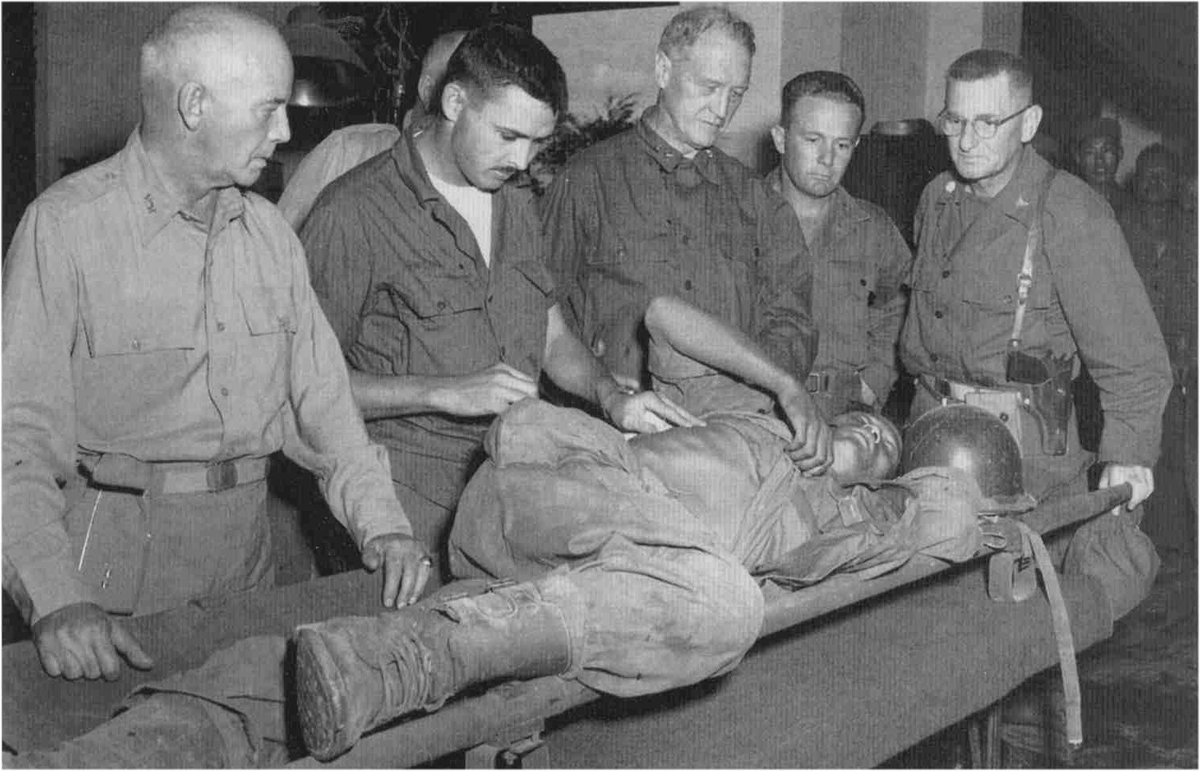
[END]
As a result of Fullerton, California's Specialist Robert Leffler, helicopters are part of medical units and the aerial medical evacuation saves lives.
So, what's the next innovation that will revolutionize the Army? What ideas will we hear at Dragon's Lair episode 3?
As a result of Fullerton, California's Specialist Robert Leffler, helicopters are part of medical units and the aerial medical evacuation saves lives.
So, what's the next innovation that will revolutionize the Army? What ideas will we hear at Dragon's Lair episode 3?

• • •
Missing some Tweet in this thread? You can try to
force a refresh







